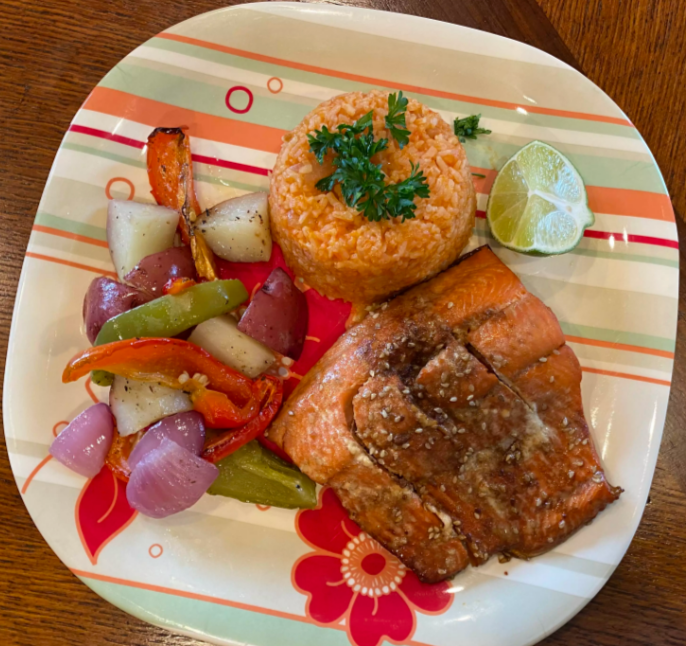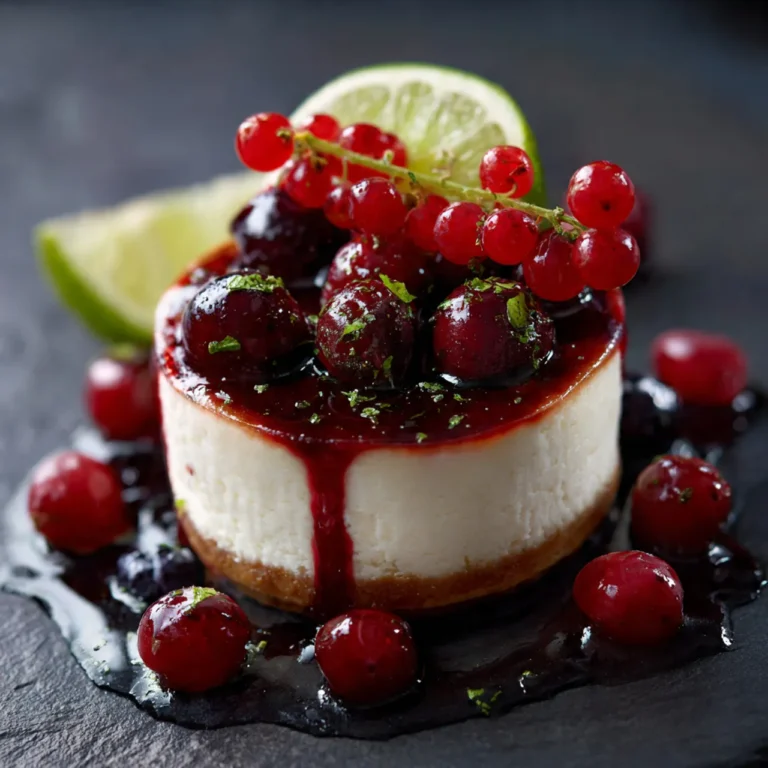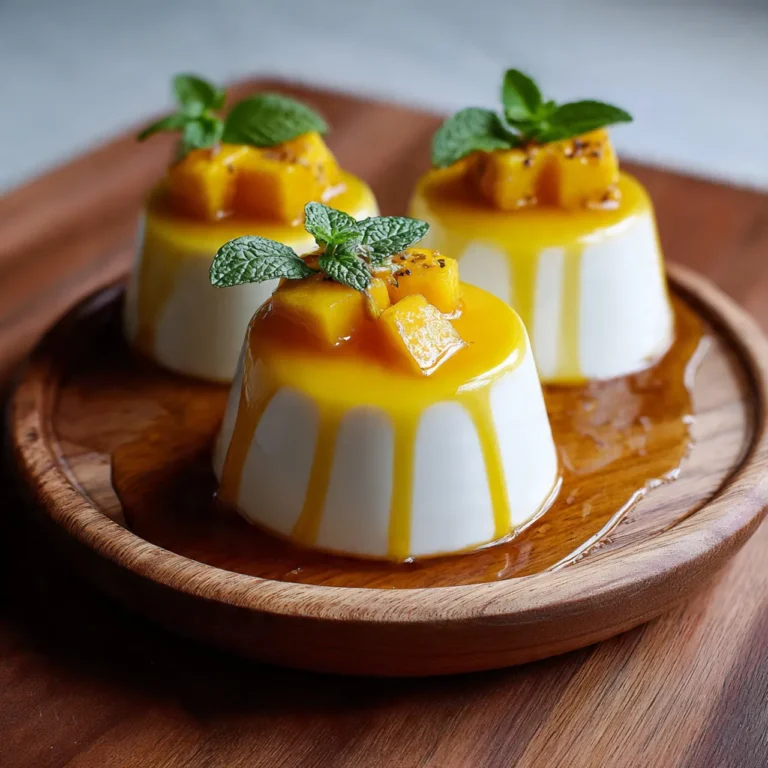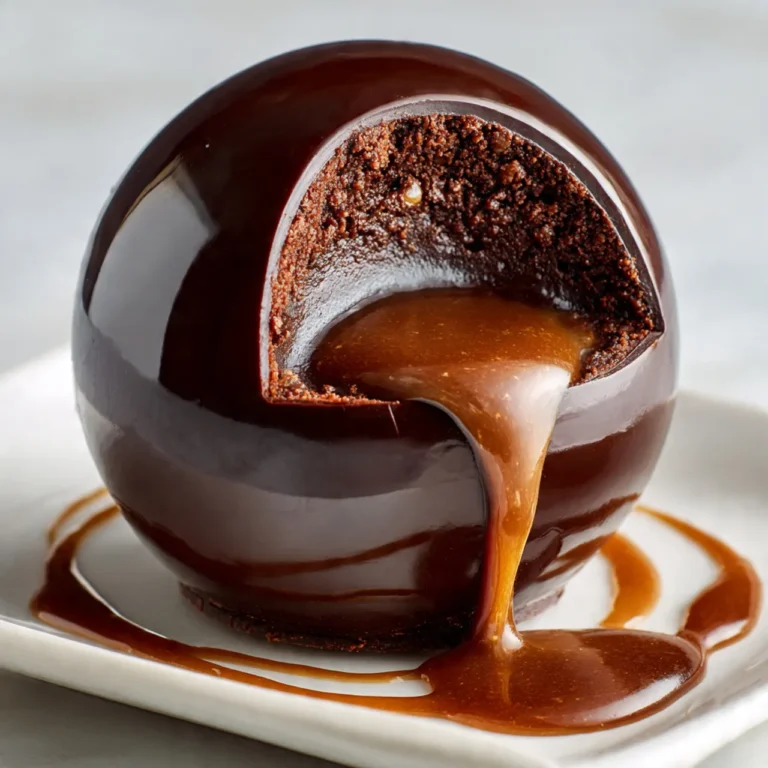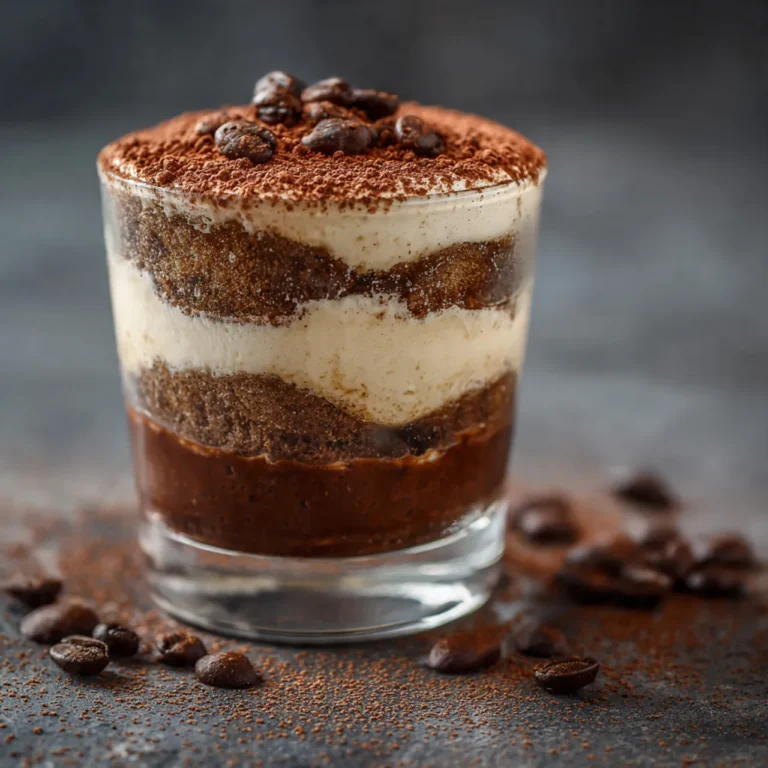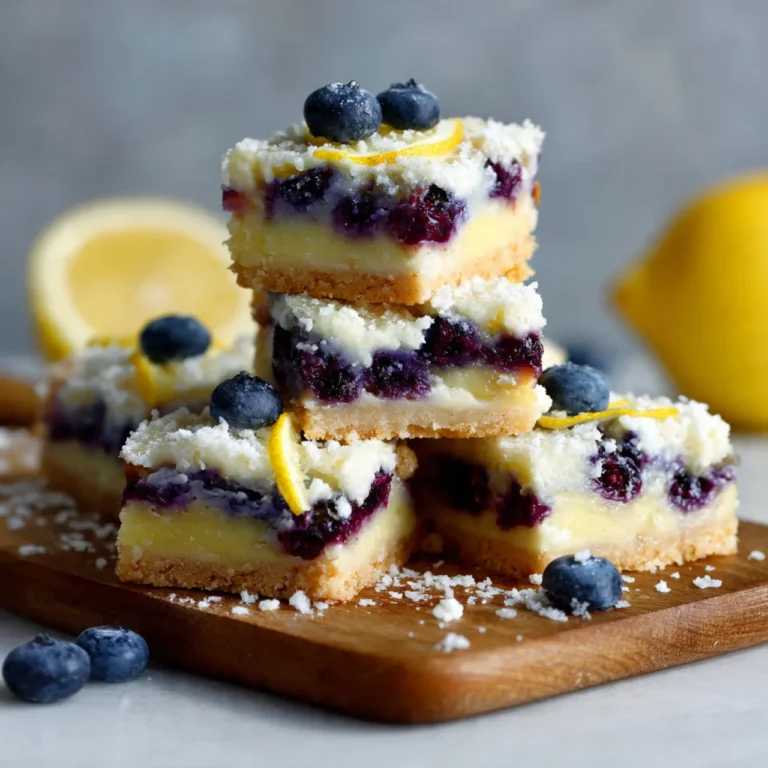It seems like you’re interested in recipes or cooking techniques involving Kama Salmon. “Kama” refers to the collar of the fish, which is a prized cut in Japanese cuisine known for its rich flavor and tender texture. Cooking with Kama Salmon can be a delightful culinary experience. Here are some ideas and tips:
Grilled Kama Salmon
- Ingredients: Firstly, you’ll need Salmon Kama (collar), soy sauce, mirin (sweet rice wine), sake, sugar, garlic (minced), and ginger (grated).
- Marinade Preparation: Initially, mix equal parts of soy sauce, mirin, and sake. Then, add a teaspoon of sugar, minced garlic, and grated ginger. Subsequently, marinate the salmon kama in this mixture for at least 30 minutes.
- Grilling: To begin with, preheat your grill to a medium-high heat. Next, place the marinated kama on the grill, skin side down. Grill for about 4-5 minutes on each side or until the flesh is opaque and slightly charred.
- Serving: Finally, serve hot with a squeeze of lemon or a side of steamed rice.
Baked Kama Salmon
- Ingredients: For this method, gather Salmon Kama, olive oil, lemon zest, fresh herbs (like dill or parsley), salt, and pepper.
- Preparation: Firstly, preheat your oven to 375°F (190°C). Then, rub the kama with olive oil, lemon zest, chopped herbs, salt, and pepper.
- Baking: Now, place the seasoned kama on a baking sheet. Bake for 10-12 minutes or until the salmon is cooked through.
- Serving: In the end, serve with a fresh salad or roasted vegetables.
Broiled Kama Salmon
- Ingredients: Initially, prepare Salmon Kama, teriyaki sauce, sesame seeds, and chopped green onions.
- Preparation: Start by preheating your broiler. Then, brush the kama with teriyaki sauce and sprinkle with sesame seeds.
- Broiling: Next, place the kama on a broiling pan. Broil for 5-7 minutes, watching closely to prevent burning.
- Serving: Finally, garnish with chopped green onions and serve with a bowl of steamed rice or a light noodle dish.
Additional Tips:
- Quality of Fish: Firstly, always choose fresh or well-frozen kama for the best flavor.
- Marinating: Additionally, marinating the kama not only adds flavor but also helps in keeping it moist during cooking.
- Cooking Time: Moreover, be careful not to overcook the salmon as it can become dry. The flesh should be slightly translucent in the center when done.
- Pairings: Lastly, Kama salmon pairs well with a variety of sides, from simple steamed rice to more elaborate salads or stir-fried vegetables.
Enjoy your culinary journey with Kama Salmon, now with a guide that flows smoothly thanks to the use of transition words!
Kama Salmon in Global Cuisine
Let’s revise the information about Kama Salmon in global cuisine, focusing on using more active voice:
1. Japanese Cuisine
- Preparation: Chefs in Japan often grill (Yakitori style) or broil Kama Salmon.
- Flavor Profile: They typically season it with soy sauce, sake, and mirin to enhance its natural flavors.
- Serving: It commonly accompanies steamed rice and pickled vegetables in izakayas (Japanese pubs).
2. Scandinavian Cuisine
- Preparation: In Scandinavian cooking, chefs might smoke or cure the salmon collar.
- Flavor Profile: They often use dill, juniper berries, and other local herbs and spices for flavoring.
- Serving: It’s a part of a smörgåsbord or pairs well with dark, hearty breads.
3. North American Cuisine
- Preparation: Especially in salmon-rich areas like the Pacific Northwest, chefs frequently grill or smoke Kama Salmon.
- Flavor Profile: They might season it with brown sugar, maple syrup, or local spice blends.
- Serving: It often goes with grilled vegetables or features in salads.
4. Mediterranean Cuisine
- Preparation: Mediterranean chefs, though less commonly, might grill or bake salmon collar.
- Flavor Profile: They season it with olive oil, lemon, and herbs like rosemary and thyme.
- Serving: It pairs with couscous, fresh salads, or grilled vegetables.
5. Southeast Asian Cuisine
- Preparation: Chefs in Southeast Asia grill, fry, or use the salmon collar in soups.
- Flavor Profile: They marinate or season it with a mix of spicy, sweet, and sour flavors like lemongrass, lime, chili, and fish sauce.
- Serving: It typically comes with rice, fresh herbs, and dipping sauces.
6. Indian Cuisine
- Preparation: Indian chefs, adapting it to their cuisine, might bake or grill Salmon.
- Flavor Profile: They marinate it with spices like turmeric, cumin, coriander, and garam masala.
- Serving: It accompanies naan, rice, or as part of a seafood curry.
7. Fusion and Modern Cuisine
- Preparation: Contemporary chefs experiment with using techniques like sous-vide or incorporating it into sushi rolls.
- Flavor Profile: Fusion dishes might combine teriyaki glaze with Mexican-style salsa.
- Serving: Chefs serve it in innovative ways, often as part of gourmet meals or in upscale dining settings.
Cooking Tips for Kama Salmon Tasty – Salmon Cooking Techniques
- Marinating: Marinating the collar before cooking enhances its flavor.
- Cooking Method: Grilling or broiling brings out the best in Kama Salmon, but it also suits other methods like smoking or baking.
- Doneness: Cooking it until the meat is tender and just cooked through maintains its juiciness.
By focusing on active voice, this revised content on Kama Salmon in global cuisines becomes more direct and engaging, highlighting the actions of chefs and cooks in preparing this delicious fish
